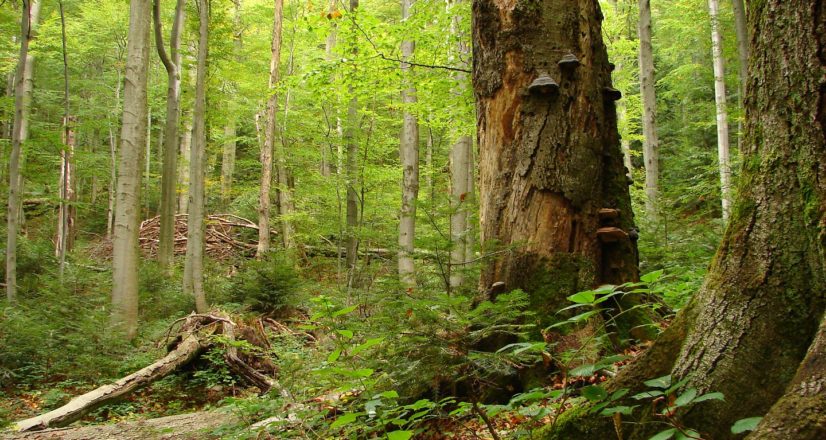8
NovBiodiversity, invasive species and evolutionary biology
See details
- Responses of animals to changed conditions and biological invasions
Further research will be focused on climatically and human induced changes in forest ecosystem structure at the level of microhabitats, habitats and ecosystems. Multivariate analyses will enable determination of factors that influence spatial and temporal dynamics of species, mostly herbivorous insects and their predators. Habitat selection of target animal species will be studied along environmental gradients while special attention will be paid to key biodiversity species, so-called umbrella and flagship species and their long term population dynamics. Field experiments will be combined with laboratory studies simulating effects of environmental factors on animals. Original data about exotic animal species with special reference to their spread in forest ecosystems and urban areas will be collected. Risk of damage to woody plants and timber by invasive species will be determined. Non-native species will be studied both locally and globally, in cooperation with foreign researchers and by participating in international projects.
- Parasitic fungi and woody plants interactions
The main objective of our research will be to examine how to mitigate the adverse effect of fungal pathogens on some woody species. Our research will aim at determining the extent and the intensity of different species dieback, and the host range of species attacked by pathogenic fungi and the level of their pathogenicity (tested by artificial inoculations). We will also perform spatial modelling of potential disease occurrence in long-term horizon under recently changing environmental conditions.
- Behavioural algorithms for solving complex tasks
From an evolutionary perspective, we use two very different study systems (tree-dwelling bats and nuptial gift-giving insects) which are, however, tailored to our main objectives: (i) interdisciplinary study of social self-organisational behaviour with the aim to develop a new meta-heuristic method capable of space exploration, and (ii) study of possible factors (environment, phenotype, genetics) and their effects on the degree of species polyandry as an adaptive survival strategy. The presented research topics will be examined under natural and controlled laboratory conditions using experimental setups with automated tracking techniques, standard molecular tools, statistical modelling and simulations.

